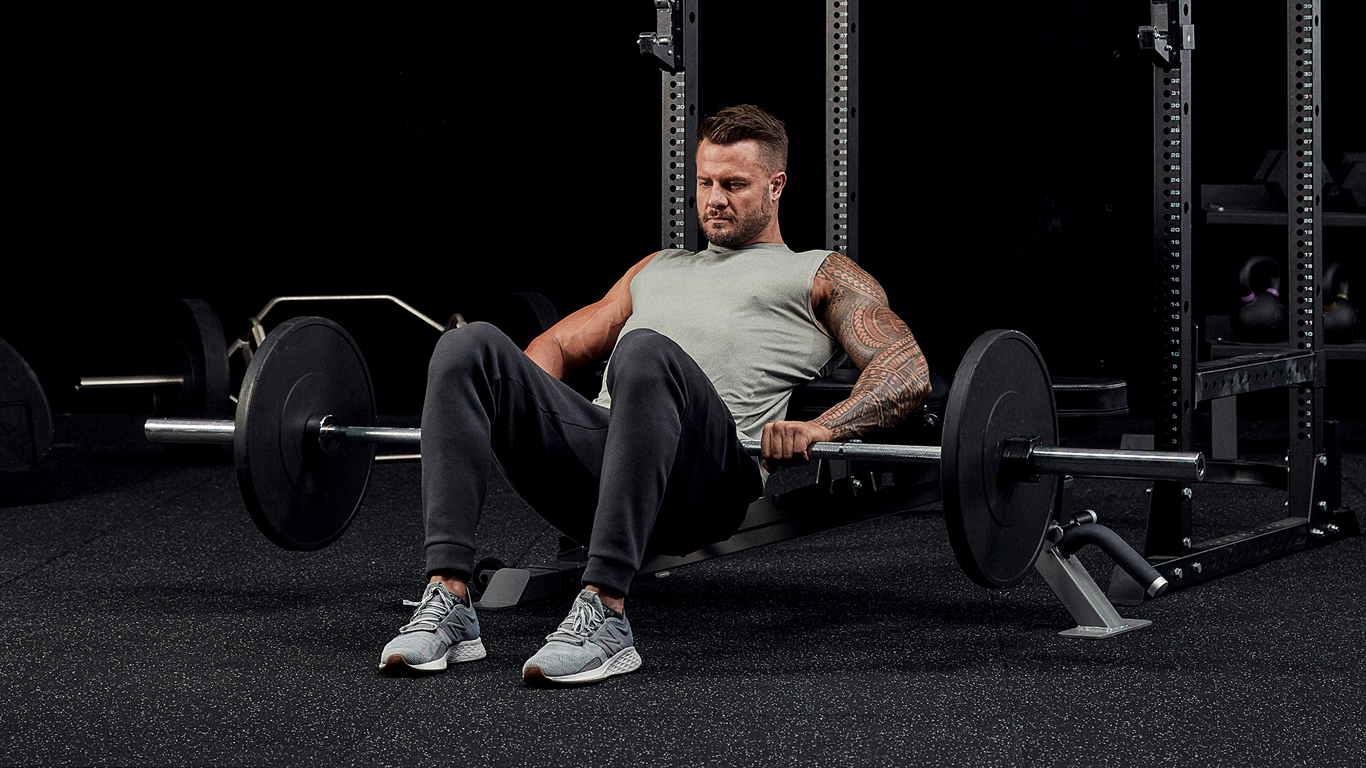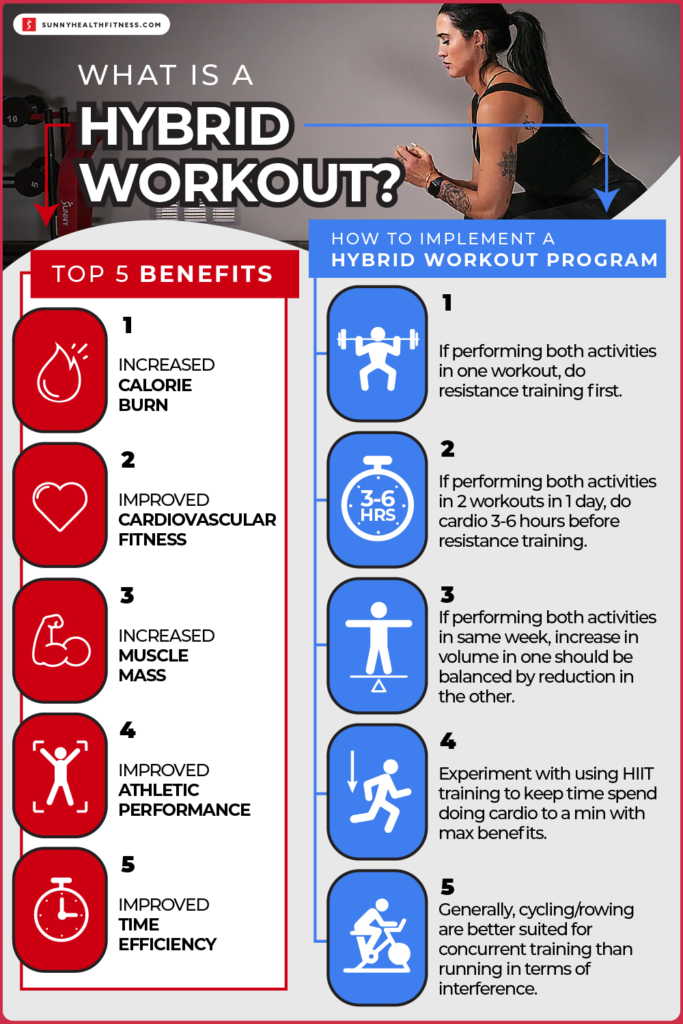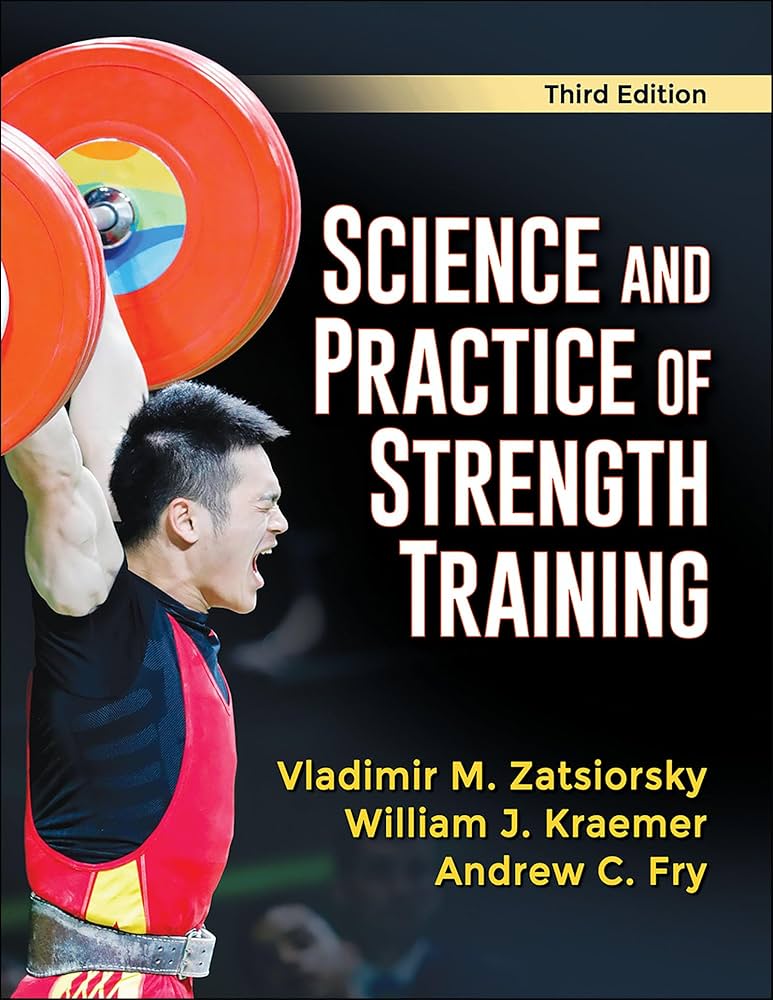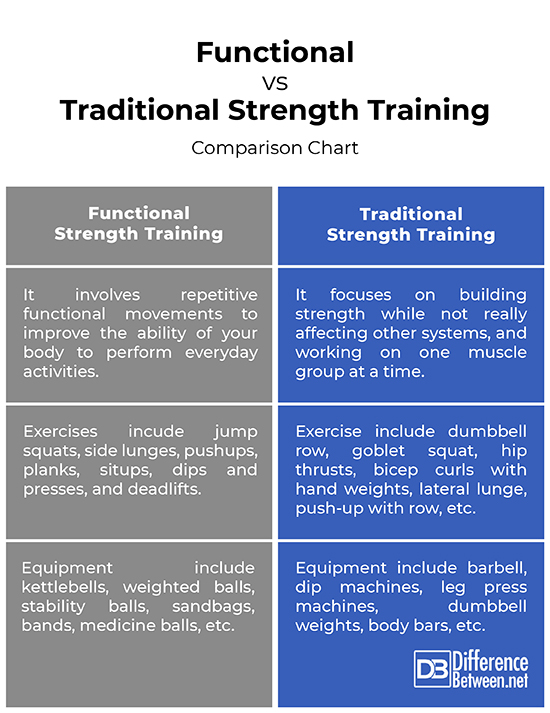Traditional strength training involves lifting weights to build muscle and increase strength. It uses free weights, machines, and bodyweight exercises.
Strength training is essential for overall fitness and health. It helps to build muscle, increase metabolism, and improve bone density. By incorporating a variety of exercises, individuals can target different muscle groups effectively. Regular strength training can enhance physical performance and reduce the risk of injuries.
It is suitable for people of all ages and fitness levels, making it a versatile addition to any workout routine. Consistent training promotes better posture, balance, and coordination. Start with manageable weights and gradually increase resistance to see continuous improvement. Strength training offers numerous benefits, making it a key component of a healthy lifestyle.
The Roots Of Traditional Strength Training
Ancient people used rocks and logs to get stronger. They lifted heavy objects daily. This made their muscles big and strong. Soldiers trained using heavy weapons. Farmers carried heavy loads in fields. These tasks built their strength naturally. The Greeks and Romans had special gyms. They used weights made of stone and metal.
Different cultures have unique strength traditions. In Japan, sumo wrestlers are admired. They train to be very strong. In Africa, some tribes lift heavy stones. This shows their power. Native Americans had games to test strength. Arm wrestling is popular worldwide. Many cultures celebrate physical power through sports and rituals.

Credit: m.youtube.com
Comparing Ancient And Modern Techniques
Ancient techniques used simple tools like stones and logs. Modern methods rely on advanced machines and weights. Ancient strength training focused on whole-body movements. Modern methods often target specific muscles. Simple and natural were key in ancient methods. Modern training uses complex routines and schedules. Ancient trainers learned from experience. Modern trainers rely on scientific research.
Both ancient and modern techniques aim to increase strength. The goal is to improve overall health and fitness. Both methods focus on building muscle mass and endurance. Ancient and modern techniques help in achieving better physical performance. Both approaches require dedication and consistency. Results from both methods include better muscle tone and strength. Ancient and modern training both improve mental discipline.
Tools Of The Trade: Ancient Equipment
People used stones and wood for strength training. Stones were often shaped like balls. These heavy stones were lifted for muscle strength. Wooden logs were also common. They were used for lifting and carrying.
Nature provided the best tools. Water resistance was used for training. Swimming is a good example. Wind resistance helped too. Running against the wind made muscles stronger.
Training Like The Ancients: Regimens And Routines
Ancient warriors performed daily exercises to build strength. They lifted heavy stones and logs. Bodyweight exercises were also common. Push-ups, squats, and planks were popular. Consistency was key to their strength.
They often exercised in the morning to start their day strong. Simple routines were easy to follow. Rest days were rare, as they believed in training every day. This helped them stay fit and ready for battle.
Many ancient cultures followed seasonal training cycles. Winter was for building strength. Spring focused on agility and speed. Summer was for endurance activities. Fall involved recovery and light training.
Training was also tied to rituals and festivals. Special exercises were done during harvest celebrations. Warrior ceremonies included strength tests. These cycles and rituals kept training varied and interesting.
The Role Of Diet In Traditional Strength
Ancient warriors knew the importance of a strong diet. They ate protein-rich foods like meat and fish. Grains and legumes were also staples. These foods provided energy and muscle growth. Drinking water and milk was common. Nutrient-dense foods were preferred.
Eggs and dairy were essential for muscle repair. Nuts and seeds were great sources of fats. Fruits and vegetables gave vitamins and minerals. Carbohydrates from grains fueled their intense training. Honey and dried fruits served as quick energy snacks.
Credit: discussions.apple.com
Martial Arts: A Window Into Ancient Strength Building
Martial arts have been used for building strength for centuries. These practices focus on improving physical power and agility. Training often includes striking, grappling, and defensive techniques.
Traditional forms like Kung Fu and Karate require intense physical effort. Practitioners build muscle strength and mental discipline. Consistent practice leads to better endurance and overall fitness.
Combat conditioning is more than just physical training. It also includes mental preparation. Warriors must be calm under pressure and quick in decision-making.
Philosophies from Eastern martial arts stress the balance between mind and body. This holistic approach helps in achieving peak performance. Strength is not just in the muscles but also in the mind.
Adapting Ancient Techniques For Today’s Fitness
Ancient strength training methods have stood the test of time. They often use simple tools like stones and logs. Modern science has shown how effective these methods are. Combining traditional techniques with current knowledge can boost your strength.
Old methods focus on functional strength. This means muscles work together, just like in daily tasks. New science adds precision to these methods. It helps to target specific muscles.
A hybrid program uses the best from both worlds. Start with basic exercises like lifting stones. Add modern tools like resistance bands. This mix keeps workouts interesting and effective.
Plan your workouts carefully. Include rest days for recovery. Monitor your progress and adjust as needed. This ensures you get the most benefit from your training.

Credit: centr.com
Lessons From The Past: Wisdom In Strength Training
Ancient warriors trained their minds and spirits as much as their bodies. Meditation helped them stay calm in battle. Focus on inner peace is key. Athletes today can learn from this wisdom. Building mental strength is crucial.
Old-school training methods still work. Basic exercises like squats and push-ups are effective. Consistency is more important than intensity. Progress comes from regular practice. Listening to your body prevents injuries.
Frequently Asked Questions
What Is Traditional Vs Functional Strength Training?
Traditional strength training focuses on isolating specific muscles using machines or free weights. Functional strength training mimics everyday movements, enhancing overall body stability and coordination.
What Is The Difference Between Traditional And Functional Strength Training On Apple Watch?
Traditional strength training on Apple Watch focuses on specific muscle groups. Functional strength training targets overall body movements and balance.
What Is The Five Basic Strength Training?
The five basic strength training exercises are squat, deadlift, bench press, overhead press, and row. These compound movements target major muscle groups, promoting overall strength and muscle growth.
Are Push Ups Traditional Or Functional Strength Training?
Push-ups are both traditional and functional strength training exercises. They build upper body strength and improve overall functional fitness.
What Is Traditional Strength Training?
Traditional strength training involves using free weights, machines, and bodyweight exercises to build muscle and increase strength.
How Often Should I Do Strength Training?
Strength training should be done 2-3 times per week, allowing at least one day of rest between sessions.
What Are The Benefits Of Strength Training?
Strength training increases muscle mass, boosts metabolism, improves bone density, and enhances overall physical performance.
Can Beginners Do Strength Training?
Yes, beginners can start with basic exercises and gradually increase intensity as they become more comfortable and stronger.
What Equipment Is Needed For Strength Training?
Basic equipment includes dumbbells, barbells, resistance bands, and a bench. Machines and kettlebells can also be used.
How Long Should A Strength Training Session Last?
A typical strength training session lasts 45-60 minutes, including warm-up and cool-down periods.
Conclusion
Traditional strength training offers numerous benefits for both mind and body. It builds muscle, improves endurance, and boosts overall health. Incorporating these exercises into your routine can lead to long-term fitness gains. Start today and experience the transformative power of traditional strength training.
Commit to consistency and see remarkable results.










